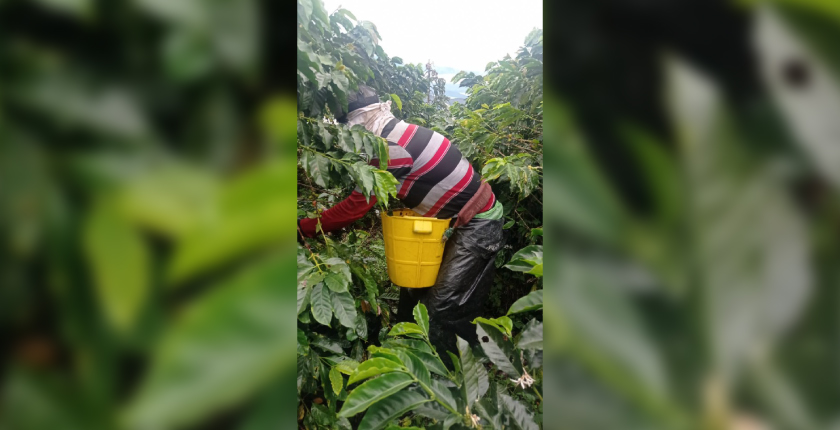Blog
Physical therapy in the field
- 5 mayo, 2025

Researchers from the Neiva and Popayán campuses of the FISIOTER group at the María Cano University Foundation, along with the GIPPAM research group from the physical therapy program at the University of Pamplona, have achieved an important publication: «Musculoskeletal disorders and ergonomic risk in coffee pickers: a cross-sectional study», an article that highlights the work of coffee pickers in the department of Huila.
This publication is the result of the research project «Musculoskeletal disorders associated with body composition and ergonomic risk in coffee pickers», conducted in five municipalities of the Huila department (San Agustín, Teruel, Gigante, Garzón, and Pitalito), where coffee varieties such as Castillo, Colombia, Caturra, Typica, Pink Bourbon, and Tabí are cultivated.
Physical therapy has reached the territory, helping to identify that the working conditions of coffee pickers are characterized by informality and labor vulnerability. The findings confirm the high probability of injuries and inadequate living conditions among pickers, who are particularly exposed to ergonomic risks. Load handling, prolonged postures, and repetitive movements are biomechanical risk factors that lead to bone, joint, muscle, tendon, and nerve disorders. Back pain is common among coffee pickers compared to non-agricultural rural workers. Pain in the shoulders, elbows, or in the wrists and hands is also significantly more frequent than in other types of agricultural work.
As researchers and physical therapists, it was a very meaningful challenge to reach the coffee fields and experience a day in the life of a picker—with its climatic and geographical conditions and the art of harvesting the bean—while listening to the life stories of men, women, and children who carry on traditions inherited from their parents and families who live off coffee.
To learn more about the article, it can be accessed at the following link: https://doi.org/10.17267/2238-2704rpf.2025.e5978, where it is published in three languages (Spanish, English, and Portuguese).
